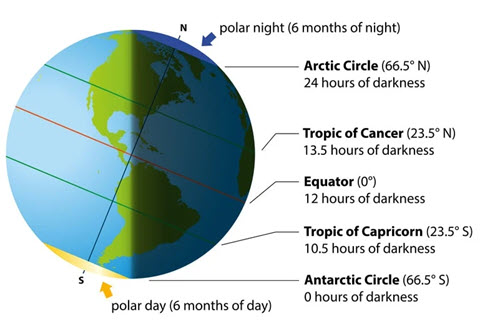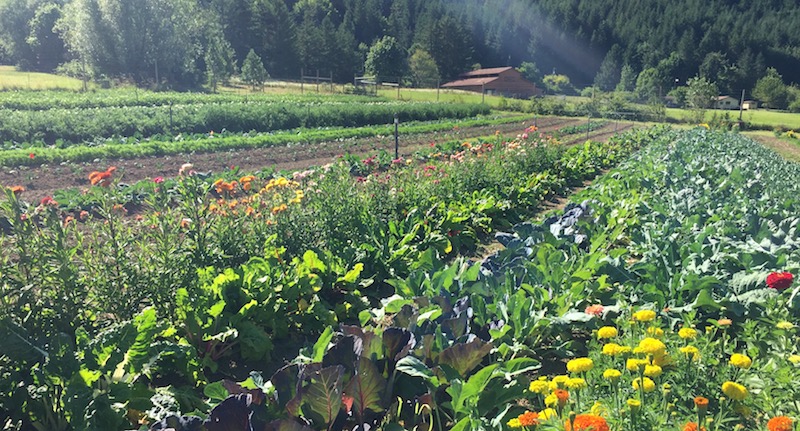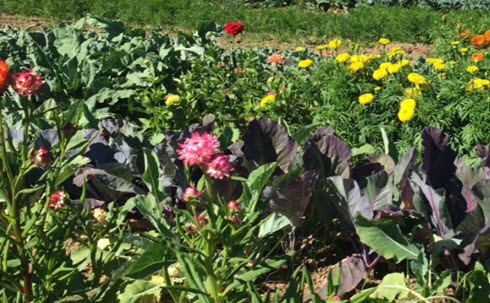Click below to listen to my 2 min. Garden Bite radio show: Winter solstice and Celestial gardening
Audio PlayerToday marks the Winter Solstice, the shortest day of the year and the first day of astronomical Winter. For 2021 it happens at 9:59am central time. The Farmers Almanac has some interesting tidbits on the winter solstice celebrations.

This is all thanks to Earth’s tilted axis, which makes it so that one half of Earth is pointed away from the Sun and the other half is pointed towards it at the time of the solstice.
The solstice got me thinking about the moon too, which leads to celestial gardening, also known as Biodynamics, which, very basically, uses the movements of the moon and stars to guide planting and cultivation.
The Farmers Almanac has used this method since its inception. The whole idea is as old as gardening. Biodynamics is all about rebuilding healthy soil, growing healthier food and building a community of people around that, according to Mac Mead who is the Program Director of the Pfeiffer Center for biodynamics.
Biodynamic gardeners plant by the lunar calendar, they also use raised beds believing that this enlivens the soil. Herbs such as chamomile, yarrow and valerian, are added in small quantities at specific places in a compost pile to improve the conversion of garden and kitchen scraps into rich, moist humus.

Around the world, biodynamics is alive in thousands of thriving gardens, farms, vineyards, ranches, and orchards. The principles and practices of biodynamics can be applied anywhere food is grown, with thoughtful adaptation to scale, landscape, climate, and culture.
Small farms and CSA’s (community supported agriculture farms) use biodynamics.

If you’re interested in gardening in this way you can get more information through Stella Natura – they sell a calendar that tracks the passage of the moon through the 12 constellations of the zodiac, indicating optimal times to work with a plant’s roots, leaves, flowers, or fruit.
Mother Earth News also has a great article on biodynamic gardening.
